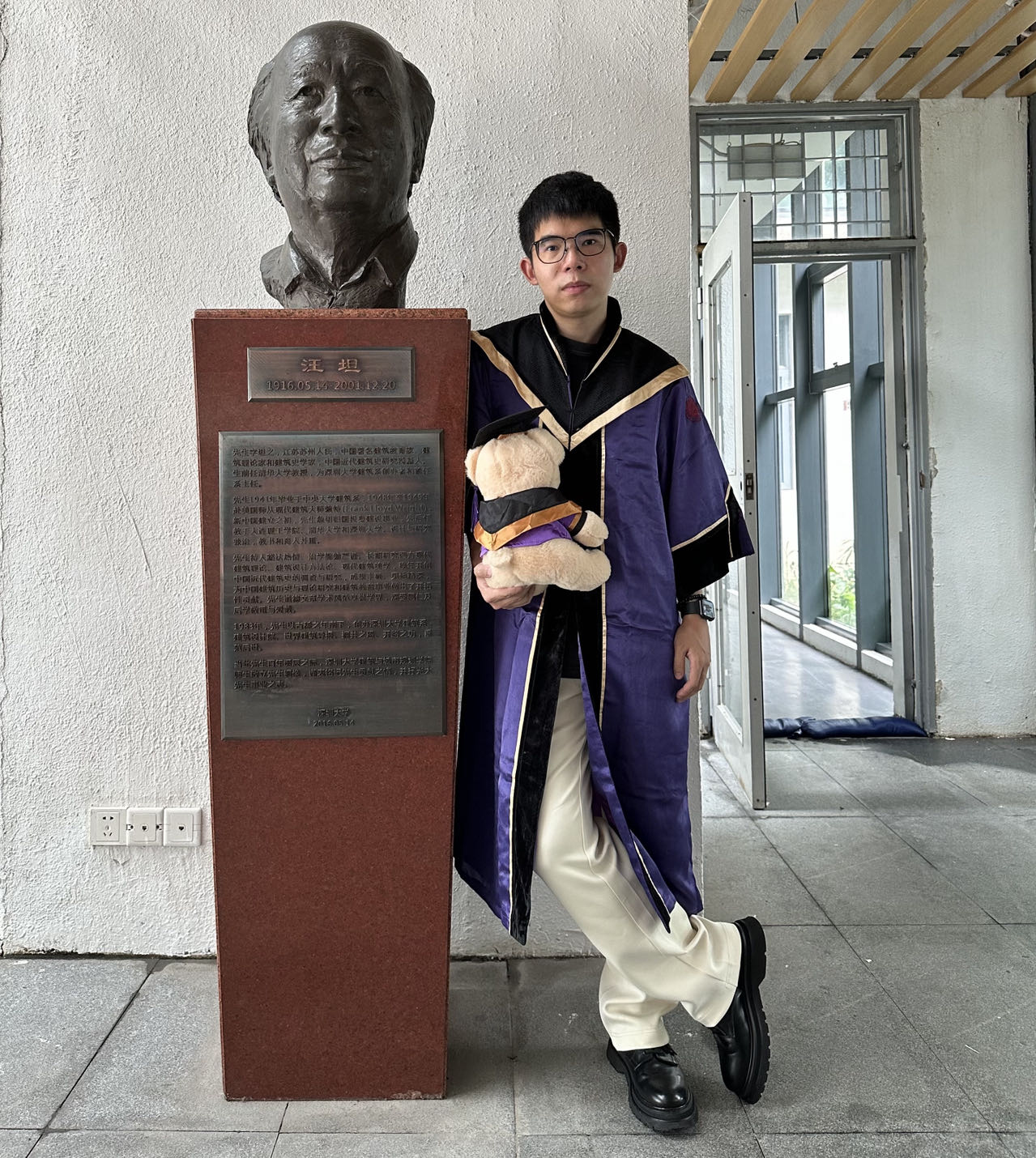[First-author] Retail Commercial Space Clustering Based on Post-carbon Era Context: A Case Study of Shanghai
Published in Proceedings of the 27th International Conference of the Association for Computer-Aided Architectural Design Research in Asia (CAADRIA) 2022, 2022
Recommended citation: Cui, Q., Zhang, S., Huang, Y., 2022. Retail Commercial Space Clustering Based on Post-Carbon Era Context, in: Proceedings of the International Conference on Computer-Aided Architectural Design Research in Asia. Sydney, Australia, pp. 517–524. https://doi.org/10.52842/conf.caadria.2022.1.515
In the post-carbon era, it has become a development and research trend on adjusting commercial locations to help achieve resource conservation by using big data. This paper uses multi-source urban data and machine learning to make reasonable evaluations and adjustments to commercial district planning. Many relevant factors are affecting urban commercial agglomeration, but how to select the appropriate ones among the many factors is a problem to be considered and studied, while there may be spatial differences in the strength of each influencing factor on commercial agglomeration. Therefore, this paper takes Shanghai, a city with a high economic and commercial development level in China, as an example and identifies the influencing factors through a literature review. Next, this paper uses the machine learning BORUTA algorithm of features selection to screen the influencing factors. It then uses multi-scale geographically weighted regression model (MGWR) to analyse the spatial heterogeneity of factors affecting retail spatial agglomeration. Finally, based on the background of the changing transportation modes and the unchanged social activities in the post-carbon era, the future spatial planning pattern of retail commercial space is discussed to provide particular suggestions for the future location adjustment of urban commerce
